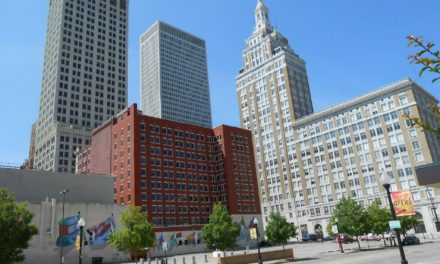In a previous post, we mentioned that Congress had asked the U.S. Government Accountability Office (GAO) to review methods of providing relief from damages associated with defective drywall, and GAO released a report summarizing their results on July 31, 2013. In this post, we’ll discuss GAO’s findings regarding the financial effects of the defective drywall disaster that affected homeowners primarily in the southeast and Gulf Coast regions of the United States, as well as some of the attempts to help those affected.
Some homeowners affected by defective drywall filed insurance claims through their homeowner’s insurance policies, but in many cases, homeowner’s insurance has not been helpful. First, many policies have pollution exclusion clauses, or they denied claims by asserting that the damage resulted from the use of faulty building materials and was thus specifically excluded from coverage. Second, the underwriting for most homeowner’s policies requires that the insured occupy the home, but many homeowners with properties affected by defective drywall have been forced to move out until the home is remediated, which can take a long time, particularly for homeowners who may be experiencing financial hardship. Therefore, many affected homeowners face the loss of insurance coverage. And because mortgages are predicated on the homeowner maintaining insurance coverage, the loss of insurance may ultimately lead to termination of the home loan.[1]
Other homeowners sued foreign manufacturers and other companies responsible for the distribution or installation of the drywall. The legal settlements from defective drywall lawsuits involve hundreds of companies in the drywall supply chain (including importers, suppliers, and builders), and most of the lawsuits have been consolidated under multidistrict litigation in the U.S. District Court for the Eastern District of Louisiana. One of the legal settlements involves one of the two primary manufacturers of defective drywall and provides an uncapped amount of funds to address damage to affected homes, as well as $30 million for other expenses. This manufacturer’s settlement is part of a group of settlements that guarantees more than $350 million to assist affected homeowners, with the potential to increase.[2]
However, some homeowners have had trouble collecting the awarded damages. Taishan Gypsum Co. Ltd., one of the two primary manufacturers of defective drywall, is owned by the Chinese government and has claimed that the U.S. courts have no jurisdiction over them. Some builders have also tried suing the drywall manufacturers and distributors, but civil judgments in U.S. courts are not enforced in China, so this may not be very effective.[3]
GAO found that numerous claims have been addressed through legal settlements partly paid by commercial general liability insurance reimbursements. Three of the four insurers GAO spoke with contributed to legal settlements by paying for claims stemming from lawsuits against their policyholders, and one of these insurers also made payments for claims separate from legal settlements.[2]
Federal, state, and local governments have made numerous efforts to assist homeowners affected by defective drywall. Federal efforts include a casualty loss tax deduction for those who have remediated their homes and mortgage forbearance. State and local efforts include reduced property tax assessments and legislation related to defective drywall, such as legislation prohibiting its use or sale. However, the extent to which homeowners may have accessed or benefited from this assistance is unknown because no data are available regarding whether homeowners sought assistance specifically because of defective drywall.[2]
As far as federal legislation, Congress passed the Drywall Safety Act of 2012, which accomplishes the following:[4]
- Requires drywall to be labeled with the manufacturer’s name and the month and year of manufacture.
- Mandates that the U.S. Consumer Product Safety Commission (CPSC) promulgate a rule within 2 years to limit the amount of sulfur in domestic and imported drywall.
- Requires CPSC to update their remediation guidelines to prevent contaminated drywall from being reused or recycled.
In addition, a provision of the Dodd-Frank Wall Street Reform and Consumer Protection Act of 2010 required HUD to study the effect of drywall imported from China on residential mortgage loan foreclosures. HUD’s 2011 study found that defective drywall was not a significant contributor to the foreclosure crisis. GAO identified 17 additional bills related to defective drywall that were introduced in Congress since 2009, but none of these other bills were enacted.[2]
According to Representative Robert C. “Bobby” Scott [D-VA3], “the GAO plans to subsequently study how an ‘all peril’ insurance policy or other enhanced insurance coverage can protect future homeowners from unforeseen disasters such as Chinese drywall.”[5]





Recent Comments